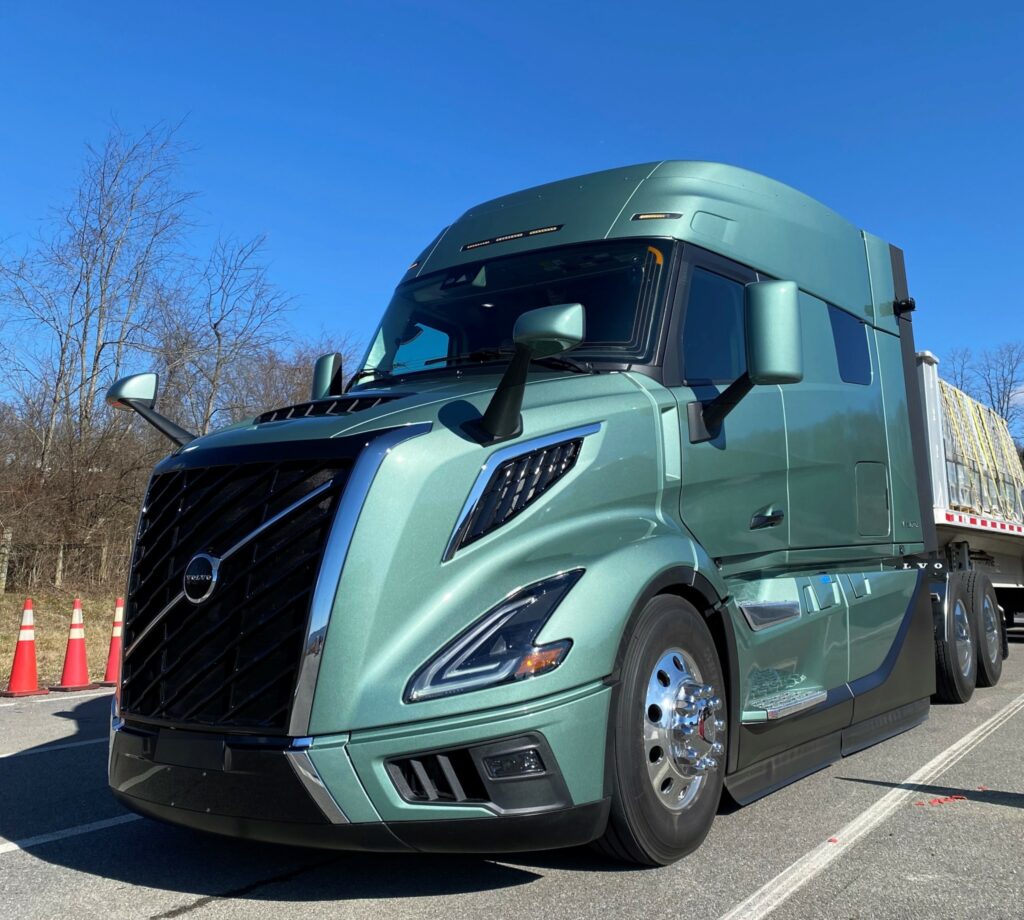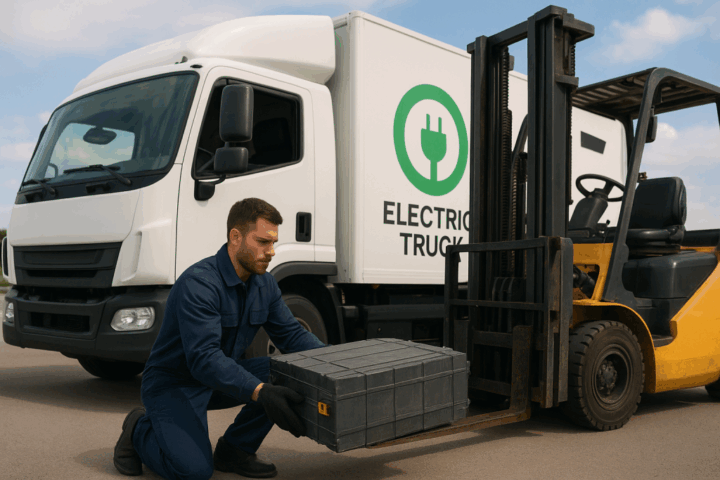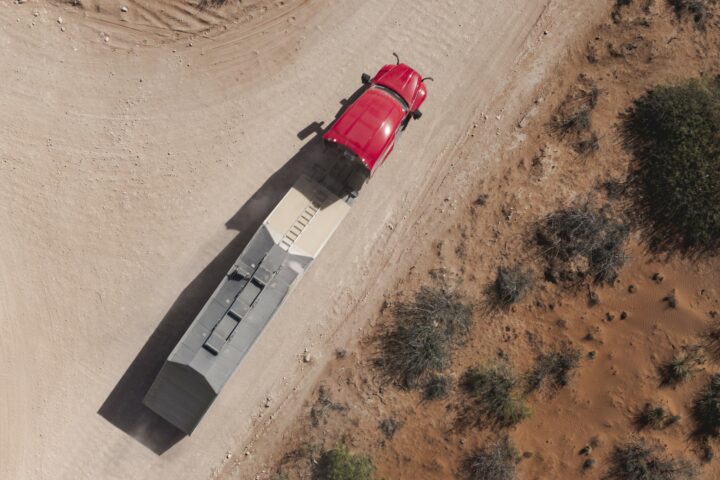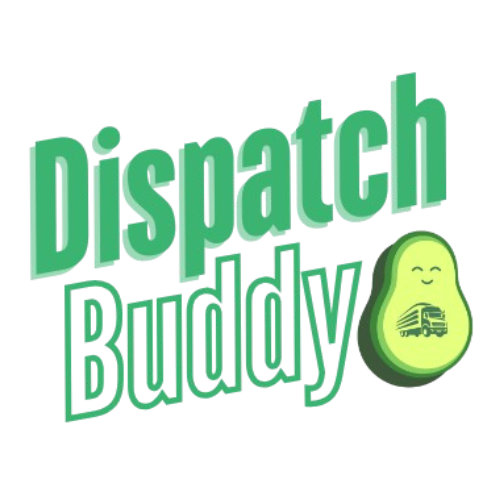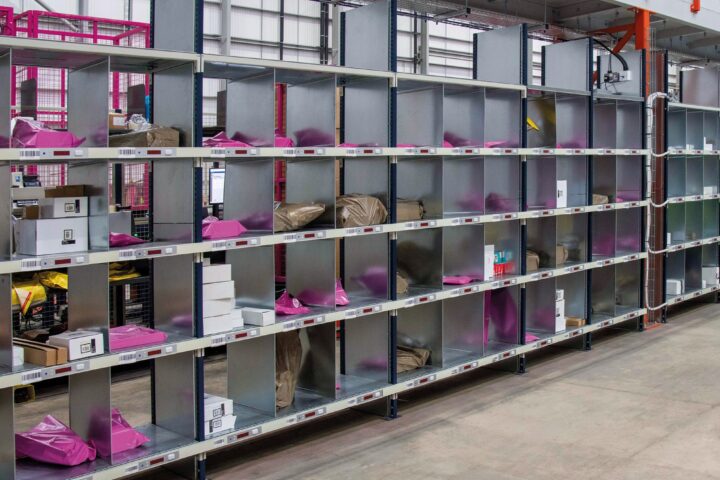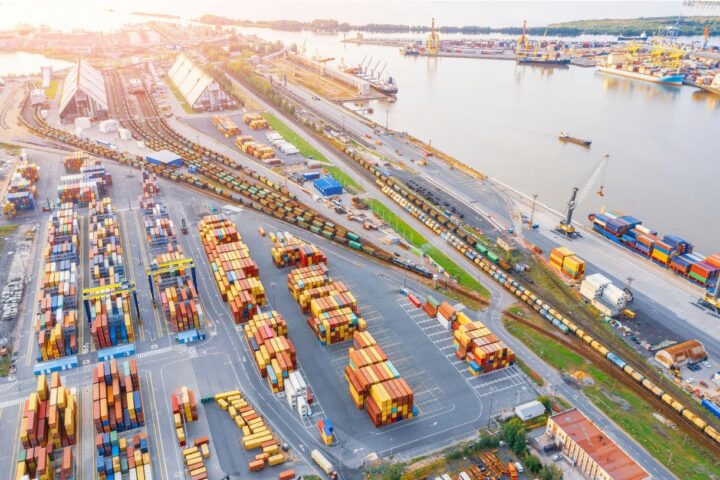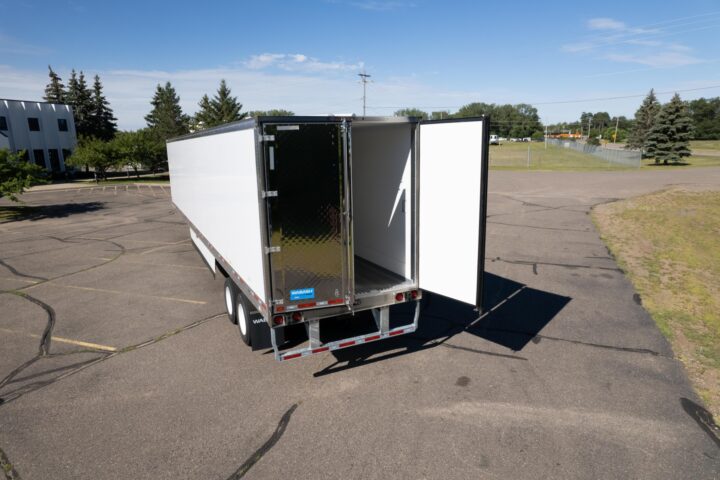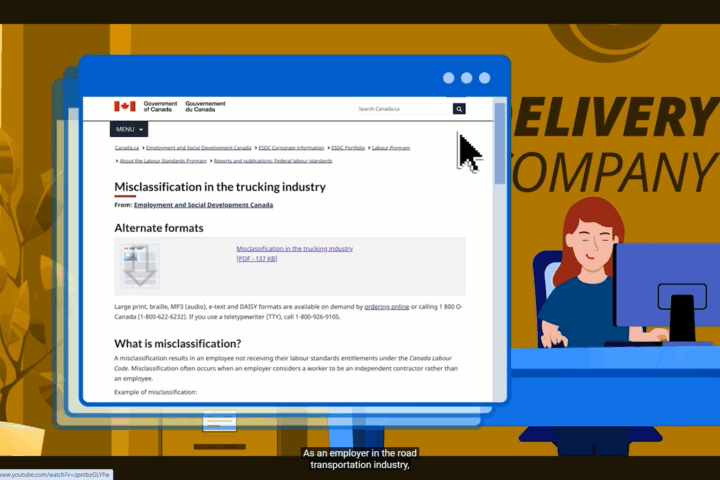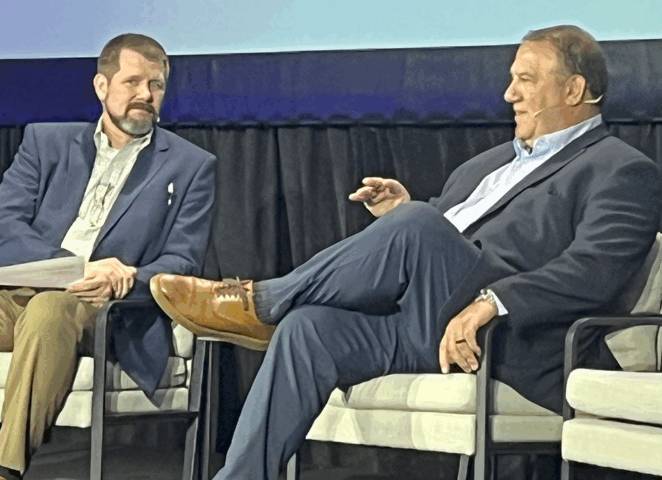Small trucking carriers are relying on cost-control strategies, customer relationships, and selective technology investments to stay afloat. As trucking is just coming out of 27 months of recession, the past two years have been rough on all fleets, especially medium and small carriers.
During one of the panels at the annual Truckload Carrier Association’s convention in Phoenix, Ariz., executives from the U.S.-based Trailiner Corporation, K&J Trucking, and Brown Dog Carriers and Logistics shared strategies they used to navigate rising costs and shifting freight demand.
Cutting costs, not corners
With rates down and expenses continuing to climb, small carriers have been forced to take a hard look at their cost structures. Amber Edmondson, president and CEO of Trailiner Corporation, said her company adjusted by extending the life of its equipment and outsourcing some operations.
“We kept our equipment a little bit longer, made sure we were taking care of the maintenance on that as we were extending the life it. We did some things like our shop was open seven days a week. We cut back those hours where it’s not open seven days a week any longer,” she said.
Similarly, Michelle Koch, president and owner of K&J Trucking, focused on cost management through technology and operational efficiency. The company has relied on the same transportation management system (TMS) since the 1990s but has continued investing in technology to optimize operations.

“We’ve found that our best technology investment has certainly been in the truck, for sure, on the safety side, on driver coaching, it’s become a big deal,” Koch said. “We have drivers competing against each other for the best drivers and the least amount of speeding and the best following distance. And so that’s paid us back really well.”
For Brown Dog, managing costs meant avoiding large capital expenditures. President and co-founder Graig Morin said his company relies exclusively on equipment it leases from Ryder, which allows flexibility while keeping maintenance costs predictable.
“I don’t have to hire any mechanics. I am not a mechanic and I know that I’m not going to be good at that, so I focus on what I’m good at, and the company does as well,” he explained of Brown Dog’s business model. “Ryder, they can fix trucks all day long. As we built our model out, and as we grow, we always take that cost into consideration. So we know what our cost is. For the most part, maintenance cost is built right in. And obviously tires and stuff like that’s different, but we have an understanding of what it’s going to cost us, so it’s one thing less to worry about for small carrier.”
Contract vs spot freight
A key challenge for small carriers has been adjusting their freight mix between contract and spot market loads. Trailiner, which was 90% contract and 10% spot before the downturn, now operates with a 75/25% split.
“Which I don’t enjoy,” Edmondson admitted, saying that since acquiring the company in 2018, she and her family focused on diversifying beyond produce, their core freight segment, to secure more consistent, year-round business.
K&J Trucking, meanwhile, maintains a mix of contract and spot freight but takes input from its operators on preferred lanes and freight types. “Our operators do give us some insight as to where they want to go, what kind of freight they want to haul, what they like to do, and it’s really changed in the last probably five or six years. And so you just have to be fluid. You just have to move with your group, and seek out those customers that you’ve been working with,” Koch said.
Brown Dog, however, has almost entirely removed itself from the spot market after securing dedicated grocery contracts. “We do not go to the spot market. We rely all on our customers’ freight,” Morin said.
Cautious equipment investments
While Brown Dog remains committed to its leasing model, Trailiner and K&J Trucking have different views on updating their fleets.
Trailiner is resuming its trade cycle after holding off for the past two years, with Edmondson saying that the fleet shrunk just under 10% as some contractors moved their trucks under their own authority.
K&J Trucking, on the other hand, turned to late model used equipment in 2024 while holding off on new truck orders. But Koch noted that despite market challenges, the fleet still grew 20% during the downturn.
“We’ve grown, and our need is definitely present for new tractors…we’re a little hesitant today to do that, but we will do something, probably by the end of this week.”
This growth, that came with lessons learned, combined organic expansion with acquisitions.
K&J Trucking’s acquisition of a small truck line four years ago was aimed at expanding its customer base and improving efficiencies, but it also served as a learning experience — particularly when it came to the unexpected costs of maintaining the purchased fleet.
“People that sell, typically, aren’t honest. That’s the first thing I can tell you,” Koch said. “We learned a lot in inspecting the equipment prior to purchasing and prior to setting their cost or a price for that. We didn’t go down and inspect their equipment in advance. So that was a little bit of a fight to have after the fact…We also learned some good things, as far as some of their processes, and some of the things that they did and we adopted. We got their customers, which was good for us, but I’m not going to jump back into that real soon.”
In addition to an acquisition, K&J also benefited from ‘no-investment growth’ — picking up additional freight opportunities from local trucking businesses that either downsized or exited the market.
Navigating insurance rates
Beyond operational adjustments, small carriers are also navigating rising insurance costs, which have added another layer of financial strain. Fleets have had to reconsider their coverage strategies — whether by joining captive insurance programs, renegotiating with existing providers, or complying with the increased costs.
For Trailiner, the decision to join a captive insurance program in 2021 was a proactive move to gain more control over risk management and long-term costs. Edmondson said the company carefully selected partners with the strictest vetting requirements to ensure stability. The strategy worked, but she acknowledged that paying off the collateral in full before the downturn may not have been the best approach.
Brown Dog is also working toward joining a captive by October 2025 after initially being priced out. A few years ago, Morin recalls, the fleet was facing exceptionally high insurance costs, but a connection made at one of the industry events led them to Iowa-based Cottingham & Butler insurance, which helped significantly reduce their premiums.
“They were able to get that number way down, saved us — call it $50,000, whatever it is, [it was] a substantial amount of money,” he said. Despite these past savings, rates still have continued to climb, forcing the company to reevaluate its long-term strategy.
But K&J Trucking has opted to stay in the standard insurance market, maintaining a relationship with the same provider. “I’ve been doing this job for 33 years now, and we’ve maybe had four different insurance companies. So ideally, you stick with who you work best with,” Koch said. “But we’re a rate-driven society, and so if somebody comes in with a better rate, we move, but we’ve been at the same one now for probably 9-10 years or longer, and we’re very satisfied [as] our loss ratio stayed pretty low.”


